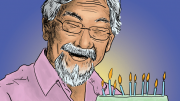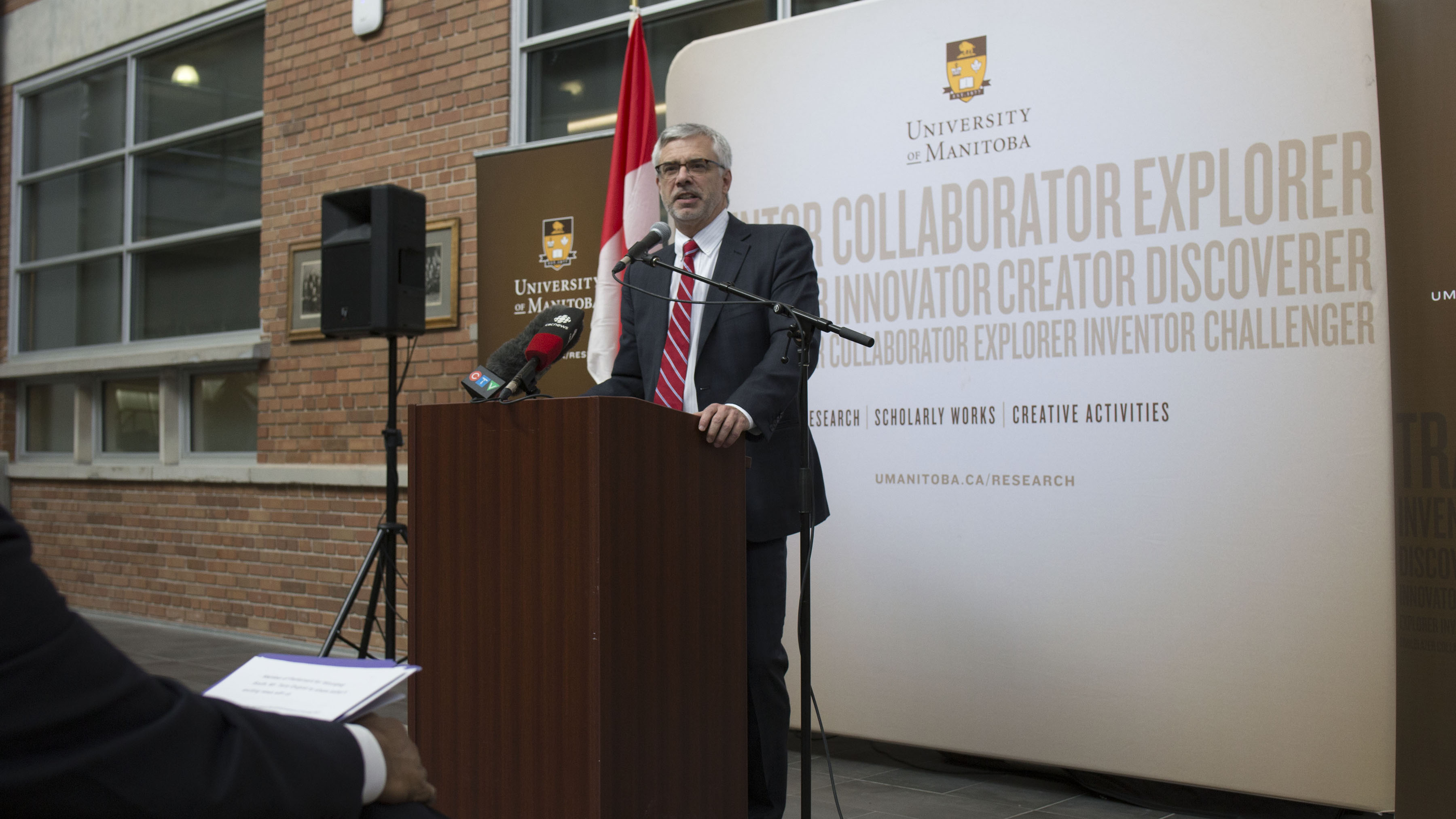The University of Manitoba faculties of medicine, dentistry, and pharmacy may eventually combine into one in an effort to reduce the overall number of faculties. Over the next five years, the University of Manitoba is seeking to cut the number of its faculties from the current 20 closer to the national average of 13.
While specifics on how this will come about are continuously unfolding, the overarching theme is that there will be a creation of academic clusters which will provide opportunities for budget savings as well as “cross-pollination” of expertise.
In January, the Winnipeg Free Press reported that U of M president David Barnard is seeking to simplify the complex academic structure that our university possesses. This could be done by potentially combining six or seven schools and faculties into new groupings.
The Manitoban previously reported that Barnard has hinted at the possibility of a reduction of facilities for some time.
Seven months later, we’ve seen the emergence of a possible “health sciences” cluster that includes the aforementioned three faculties in addition to human ecology, nursing, and kinesiology & recreation management. These last three, however, are seemingly less certain as to a potential “Faculty of Health Sciences.”
Potential issues in the amalgamation include how it could affect each discipline’s distinction, how students would need to adapt to the changes, and how the new units would be spatially laid out across both campuses.
Former UMFA president Dr. Cameron Morrill told the CBC that a possible “super-dean” might not be well enough acquainted with all different areas within a large faculty such as health sciences. Moreover, it remains unclear whether or not these faculties would need to be totally or partially physically moved to the Bannatyne campus.
As previously stated in the Manitoban, a major concern includes students who are in unique programs not having their specific needs met, but rather being generalized as having the same needs as others in a large faculty.
As the process is dynamic, more information will hopefully become available throughout the year. Administration will be consulting with faculty while moving forward; no plans or proposals have been made as of yet.
Administration has expressed concern over the duplication of administrative and support services, and has also expressed the possibility of reassigning staff to enhance efficiency.
It should be noted that there is no goal of reducing staff, but rather streamlining it so that administrative overlapping no longer occurs. In essence, doing more without more cost – namely, new combinations of established expertise and making sure offices are not repeating one another’s work.
Discussions among the faculties of medicine, dentistry and kinesiology thus far have found these adjustments to be very possible.
Education expert and senior scholar Dr. Rodney Clifton at the U of M, points out in an article from the Frontier Centre for Public Policy that focusing on commonalities among specific departments can be just as if not more fruitful.
One way of approaching this is ensuring that no faculty has less than ten members. For example, the department of textile sciences has three faculty members and the department of Icelandic studies has one faculty member.
Further, similar programs and classes that were created in times of plenty should now go under the microscope to see what can be amalgamated or combined. One example could be the faculties of pharmacy and pharmacology/therapeutics. By pinpointing and eliminating possible duplications, administrators can return to teaching classes, improving the quality of undergraduate or professional education.
Talks concerning a “health sciences” cluster are expected to continue into the Fall, culminating in a proposal this December.




